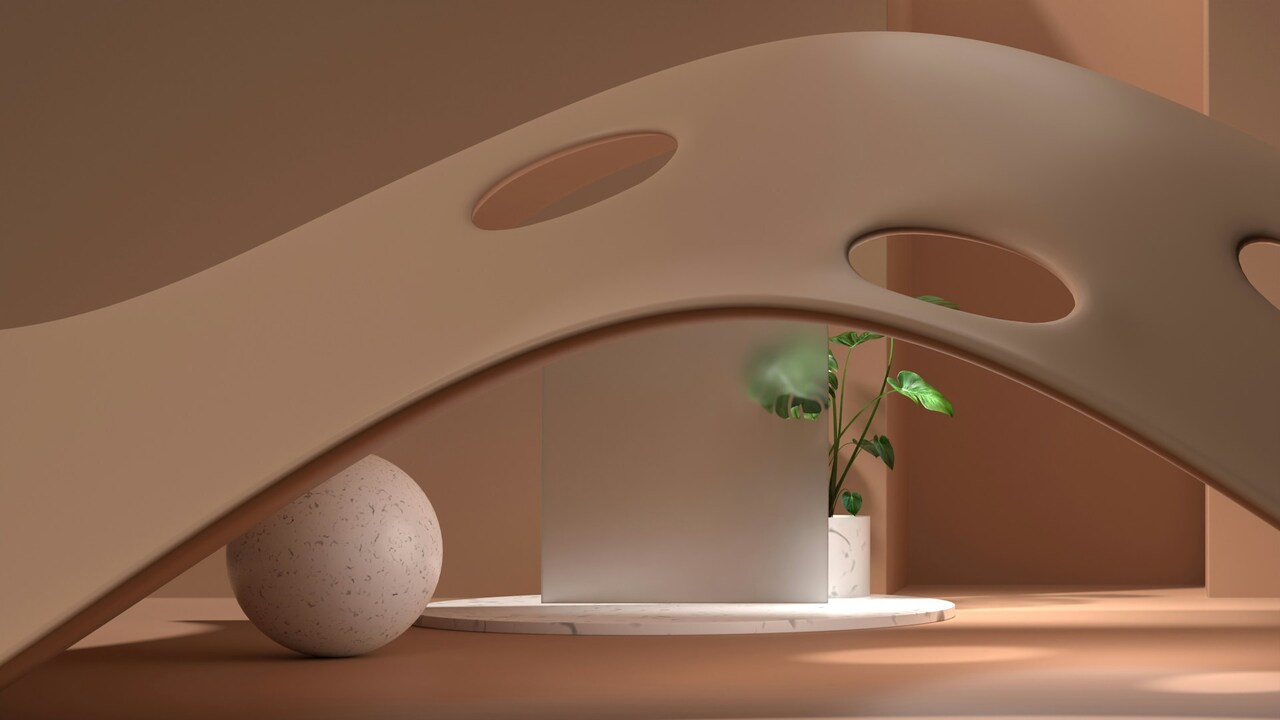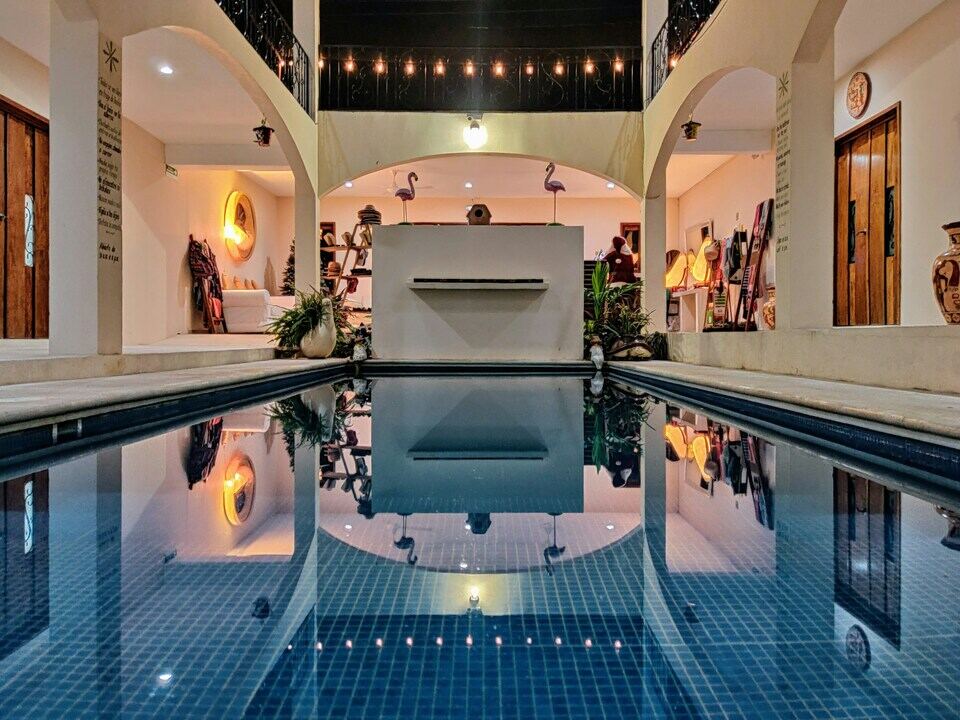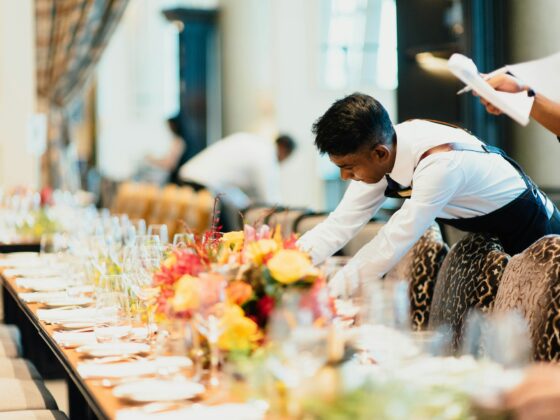The hospitality industry in 2025 is undergoing a dynamic shift in design, with trends moving toward creating emotionally engaging spaces that blend cultural heritage, sustainability, and technology. With a growing demand for authentic, immersive experiences, the design of hotels is evolving to incorporate these elements into every guest interaction.
From reviving historical legacies to integrating biophilic design and advanced technology, the hotel interiors of 2025 are being shaped by both environmental concerns and the desire for personalized guest experiences. Here’s a closer look at the design trends that will define the hospitality sector.
Reviving legacy: Blending historical significance with modern luxury
One of the most prominent trends in hotel design for 2025 is the revival of resorts and historic properties, blending their storied pasts with modern luxury. According to WATG and its interior design studio Wimberly Interiors. modern travelers seek destinations that not only offer comfort and luxury but also tell a story—inviting guests to connect with the history of the place. This approach involves preserving the essence of the building while incorporating contemporary design elements that make the space feel vibrant and fresh.
As noted by Margaret McMahon, Global Practice Principal at Wimberly Interiors, “It is about celebrating the legacy of these properties, while retelling history in a more contemporary, fresh way.”
This trend is particularly evident in North America, where resorts are undergoing renovations to offer immersive experiences that honor their heritage while providing modern amenities. The challenge is to blend the historic with the new, ensuring that returning guests still feel the familiar charm, while attracting new visitors through fresh design elements.
For example, resorts are replacing stark minimalist designs with rich, textured interiors and incorporating vintage furnishings. This layered approach creates an environment that feels both authentic and sophisticated, blending old-world charm with modern sensibilities. These design choices resonate with travelers who seek not only comfort but a sense of place, offering an experience that feels meaningful and memorable.
Modular solution to accelerate extended stay conversions
Choice Hotels International has introduced a new modular design solution, Lobby in a Box, aimed at streamlining the conversion of existing hotels into extended stay properties within its Suburban Studios and MainStay Suites brands. This initiative follows the earlier launch of Kitchen in a Box, a solution designed to install fully equipped in-room kitchens quickly.

Delivered as a ready-to-assemble kit, Lobby in a Box allows hoteliers to convert traditional lobby dining areas into versatile spaces that cater to long-stay guests and generate additional revenue through features such as marketplaces. These modular systems are intended to reduce renovation timelines (as short as 120 days), simplify the conversion process, and improve the return on investment for franchisees.
According to Choice Hotels, the new solution is in response to the growing demand for extended stay accommodations, which continues to outpace supply. Company executives, including Matt McElhare and Ron Burgett, emphasize that these offerings are part of a broader strategy to increase market share in the extended stay segment through faster, more cost-effective conversions backed by dedicated operational support.
Initial results from franchisees indicate performance improvements post-conversion. For example, one property reported a 43% year-over-year RevPAR increase after implementing Kitchen in a Box, with additional improvements in guest satisfaction.
Space Between: Redefining hotel lobbies as social and cultural hubs
Apart from this example, at Milan Design Week 2025, Design Hotels and Universal Design Studio unveiled Space Between, a temporary installation at STRAF Hotel Milan that explores how hotel lobbies can foster community and cultural exchange. The installation, made of 16 modular cubes capable of over 24 configurations each, encourages guest interaction through flexible seating, writing surfaces, and communal play. The space evolved daily, allowing visitors to reshape it and leave physical input—an approach that reframed the hotel lobby as an active, transitional, and social zone.
This initiative reflects a growing design trend where hotels are reimagined as “third spaces”—hybrids of public and private use that support micro-communities, learning, and collaboration. Materials used were fully biodegradable, and the installation will be reused or composted post-event, reinforcing sustainability as a design principle. The project will also inform further research by Design Hotels on how spatial design contributes to community-building in hospitality environments.
Evocative design: Shaping atmospheres through sensory elements
A major focus of hotel design in 2025 is creating emotionally engaging spaces through evocative design. This concept, according to Paolo De Simone, Creative Director at Wimberly Interiors Shanghai on watg, emphasizes the role of sensory elements in shaping the guest experience. Rather than focusing on aesthetics alone, evocative design combines materials, textures, lighting, sounds, and scents to craft a specific atmosphere that resonates emotionally with guests.
For instance, a hotel lobby may incorporate polished marble surfaces, plush textiles, and intricate metalwork to convey elegance and luxury. Subtle fragrance and soft lighting enhance this sense of sophistication, creating an environment that guests can both see and feel. This sensory approach allows hotels to craft immersive experiences that connect guests with the space on a deeper level, making each stay uniquely memorable.
By blending tactile surfaces, ambient lighting, and fragrances, hoteliers are creating environments that go beyond the visual. These spaces are designed to evoke emotions, whether it’s a sense of calm in a spa or excitement in a social bar.

Smart technology reshaping guest experiences
According to ADA Cosmetics, hotels continue to invest in smart technologies to improve the quality and convenience of the guest journey. Intelligent room controls—centralized systems for adjusting lighting, temperature, and blinds—offer both personalization and energy efficiency. These systems are often accessed via in-room tablets or mobile apps.
An important element for 2025 that needs to be mentioned is that the presence of technology will not be in the main scene, but it will still be used as a basic tool. Instead, designers are aiming for seamless integration, embedding technology subtly within furnishings, lighting, and architectural details. This approach reflects a shift toward human-centered environments where comfort, ambiance, and emotional resonance take priority over overt digital display.
Entertainment and connectivity are also evolving, with smart TVs enabling not just streaming, but also access to services such as in-room dining, spa bookings, or local guides. AI and virtual assistants, including voice-controlled devices, are being used to answer guest questions, support operational tasks, and offer on-demand concierge services.
Mobile concierge tools now serve a dual function: facilitating contactless experiences (mobile check-in, digital keys) and providing marketing opportunities through personalised promotions. In-room wireless charging is also becoming standard, reflecting broader consumer tech habits.
Accor’s tech-forward, sustainable approach
For example, Accor’s design philosophy emphasizes the integration of technology and innovation into the guest experience. For 2025, the company decided to focus on transforming hotel spaces into dynamic social hubs through thoughtful design. The use of technology, from AI-driven tools for personalized experiences to biophilic elements in design, is central to creating immersive and efficient spaces. Accor’s commitment to sustainable design is reflected in its focus on reducing operational costs and minimizing environmental impact through energy-efficient systems and materials.
The hotel design trends of 2025 are blending heritage, luxury, and sustainability, with a strong focus on creating immersive and emotionally engaging spaces. From restoring historic properties to integrating biophilic design and sensory elements, the future of hospitality design prioritizes both authenticity and environmental responsibility. Part 2 will explore further the role of technology in shaping hotel spaces and how designers are leveraging innovation to meet the evolving demands of travelers, while still adhering to sustainability principles.






